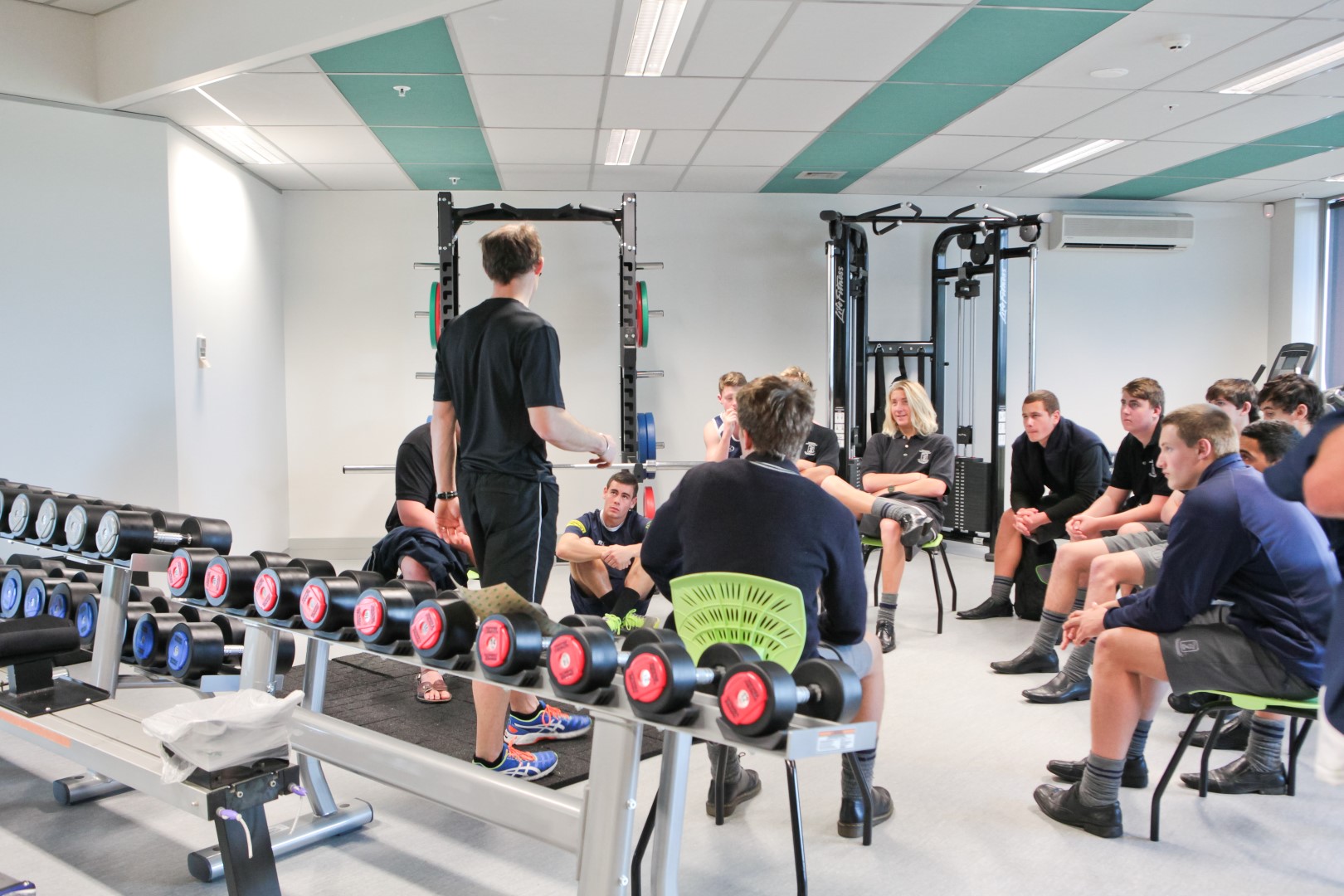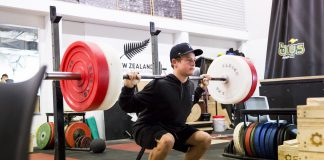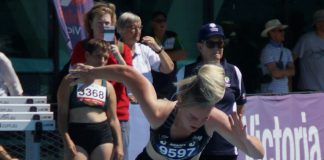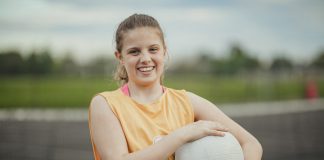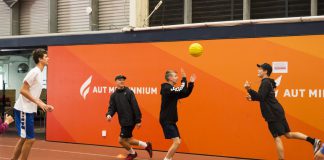For a long time I thought the idea of goal setting was a waste of time – a tedious task that stands in the way of just getting on and doing things.
But I’ve changed my mind. Nowadays I think it makes all the difference in the world – when it’s done right.
A few months ago I posted about making sport fun. It highlighted research showing that enjoyment is the most important factor underlying motivated behaviour and sustained involvement in sport.
But more importantly, the research shows that one of the most important sources of fun is self-mastery. In other words, young athletes thoroughly enjoy the feeling associated with self-improvement.
Why goal setting?
I’m a massive believer it the power of goal setting and here’s why:
A good goal setting programme can provide individuals with a framework to develop their skills and gain a sense of achievement, which is the key in creating a mastery-involved learning climate.
We’ve always used goal setting in our academy. But the way we’ve done it has changed significantly over the past few years.
Why the change? Well, to be honest, it wasn’t working. After reviewing our programme we realised it wasn’t having a clear positive affect on our athletes.
So we went about changing things. First, we spent some time carefully understanding the theory of motivation to inform an evidenced-based approach. Then we investigated how we could make it work in our daily practice.
AD Academy Goal Setting Back Then
Our goal setting programme back when it wasn’t working so well is described below.
At the start of each school term athletes would sit down and decide on an outcome goal relating to their sport. For example, 2 years ago one of our 15-year-old netball players said she wanted to win nationals that season for her school and get selected in regional representative team.
Once the outcome goal was set, her AD coach would select the 3 or 4 physical competencies they believed to be most important for her to improve to achieve her goal. In this example they were jumping power, fitness, and speed off the mark.
Our coaches would then take the athlete through a battery of fitness tests to get an overall ‘benchmark’ of her ability, which was followed up by another round of testing at the end of the term to assess progress.
AD Academy Goal Setting Now
1) The athlete states their big sporting dream
We encourage our athletes to think about the reasons they play and their motivations to train. This gives us a sense of why athletes turn up to our academy in the first place, as well as influencing the language our coaches specifically use with them.
One athlete may want to play for the All Blacks, while another may just want to be with their friends every Saturday. The way we see it, both are equally important.
2) The athlete sets the performance.
This relates to something in their sport that they want to get better at. It has nothing to do with a game result or team selection. Thinking back to our netballer, this may be to improve her rebounding ability under the goal.
3) The athlete lists and describes their work-ons with the help of their coach.
The work-ons are the 3 most important things that an athletes needs to be working on to progress towards their performance goal. Setting work-ons involves our coach sitting down with each athlete and having a conversation. The aim is to reach a consensus on what the athletes wants to achieve and what the coach (in their expert opinion) believes will get them there the fastest.
For our netballer, these might be:
1) Core strength – to improve her stability when jumping into the air to take a high rebound.
2) Squat technique – to improve her jumping mechanics and set her up to develop leg strength safely later in her development pathway.
3) Regularity at training – for consistency in the training response.
There are two key things to note about works-ons. First, they must be measurable. And second, they must be realistic. It’s the coaches’ job to ensure this happens.
4) A current performance level is set and a checkpoint established for each work-on.
This is where testing comes in. We only test our athlete’s performance for their work-ons – not an entire battery. And we give the athletes some say in the tests they’d like to use as well as when they’d like to re-test.
As our athletes train we carefully monitor the entire process by working from the goal setting template every day and helping individuals to adjust their work-ons as they make improvements.
How Is Self Mastery Fostered?
We use performance goals because they are enormously effective at tying the work our athletes do ‘away from the court’ to what they love to do on it.
Typically, a love for the sport itself is the reason athletes participate, and therefore it’s crucial this is always front of mind for a young athlete when they’re negotiating the rigorous slog of hours of training.
Young netballer: “Why should I do these squats?”
Coach: “Because it’ll help you jump higher to improve you rebounding ability.”
Our goal-setting framework makes the link between sport and athletic ability very clear. It creates understanding and value for the types of training that need to be done on top of sport specific practice for every young athlete to reach their potential.
Process Over Outcome
It’s dangerous to hang an entire training process on achieving sporting results or outcomes. You have no control over them. And what happens when an athlete doesn’t get the result they were looking for? This can be very damaging to their confidence.
A much better idea is to work to improve the things you can control. Hence our use of work-ons. They’re controllable and can very clearly show competence.
When our athletes tick their work-ons off, e.g. they improve their squat technique through an objectively assessed measure, they know exactly what they’ve got better at. This allows them to draw a huge amount of confidence from the process. And excites them to come back for more.
To ensure a successful goal setting process, it’s important the coach uses their expertise to guide the athlete in their decision-making.
But it’s also important the coach doesn’t take over and dictate things. Giving athletes some choice in what they do is crucial in developing and maintaining motivation. We let our athletes have a say in how and when they test for this precise same reason. It creates athlete ownership. So we can then, and only then, hold them accountable when they deviate from the plan.
Last but certainly not least, while our goal setting is ultimately an individual process, athletes train with others who are working towards very similar things. Consequently, they gain a sense of belonging to a group that’s working together to achieve collective outcomes.
We encourage a healthy competitiveness between athletes to keep getting better relative to themselves, rather than in comparison to others.
Science And Art
Motivation is a fascinating beast. But like so many others things in sport and coaching, a good understanding of the science that underpins the art, is instrumental in achieving successful outcomes.

























